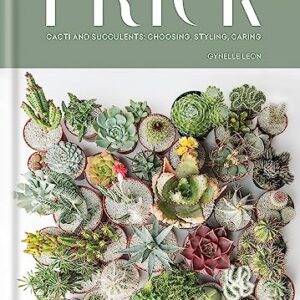Do you ever find yourself questioning whether you are watering your plants too much or too little? It can be a tricky balance to strike, especially when you have a variety of plant species in your collection. Each plant has its own unique watering needs, and understanding these differences is key to keeping them healthy and thriving.
From succulents to ferns, each type of plant requires a specific watering schedule to ensure optimal growth. Succulents, for example, are known for their ability to store water in their leaves, stems, or roots, allowing them to survive in dry conditions. These plants are best watered infrequently, allowing the soil to dry out completely between waterings. Overwatering succulents can lead to root rot and other issues, so it’s important to let them dry out between waterings.
On the other hand, ferns thrive in moist, humid environments and require more frequent watering. These plants prefer consistently moist soil, so it’s important to keep an eye on the moisture levels and water them accordingly. Ferns are also sensitive to the chemicals in tap water, so using filtered or distilled water can help prevent damage to the leaves.
Finding the right balance between underwatering and overwatering can be a challenge, but with a little know-how and some trial and error, you can tailor a watering schedule that works for each plant in your collection. Here are some tips for creating a customized watering schedule for your plants:
1. Know Your Plant’s Watering Needs: Different plants have different watering requirements, so it’s important to research the specific needs of each plant in your collection. Succulents, for example, prefer dry conditions and should only be watered when the soil is completely dry, while ferns need consistently moist soil to thrive.
2. Use the Right Potting Mix: The type of potting mix you use can also impact how often you need to water your plants. For succulents, a well-draining mix that allows water to flow through quickly is ideal, while ferns thrive in a rich, organic mix that retains moisture.
3. Monitor Soil Moisture: One of the best ways to determine when to water your plants is to monitor the moisture levels in the soil. You can use a moisture meter or simply stick your finger into the soil to feel for moisture. If the soil is dry to the touch, it’s time to water your plants.
4. Consider the Season: The time of year can also impact how often you need to water your plants. During the warmer months, plants tend to require more water due to increased evaporation, while in the winter, they may need less frequent watering.
5. Adjust Based on Environmental Factors: Environmental factors such as humidity levels, temperature, and air circulation can also impact how often you need to water your plants. For example, plants in hot, dry environments may need more frequent watering, while those in cool, humid conditions may require less water.
By taking these factors into consideration and tailoring a watering schedule that meets the specific needs of each plant in your collection, you can help ensure that they thrive and grow to their full potential. Remember, it’s always better to underwater than overwater, so when in doubt, err on the side of caution and give your plants a little extra time to dry out before watering again.
In conclusion, understanding the unique watering needs of each plant in your collection is key to creating a successful watering schedule. By researching your plants, monitoring soil moisture, and taking environmental factors into consideration, you can tailor a watering schedule that works for every plant in your care. With a little patience and practice, you’ll soon become a pro at keeping your plants happy and healthy. So go ahead, grab your watering can, and start nurturing your plants to their fullest potential.






